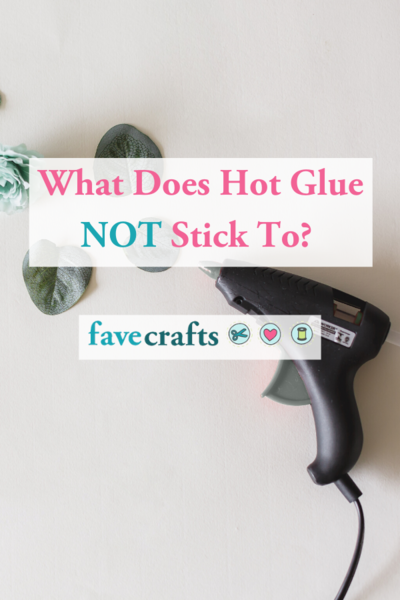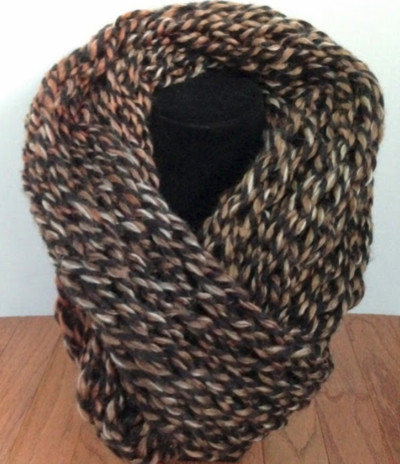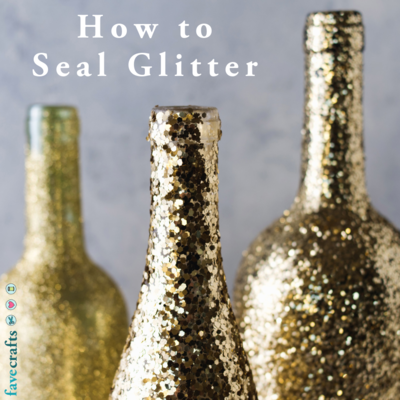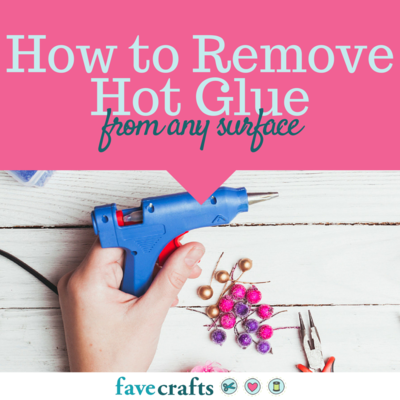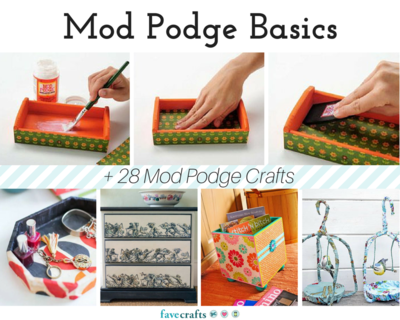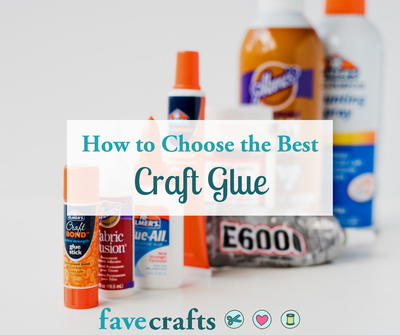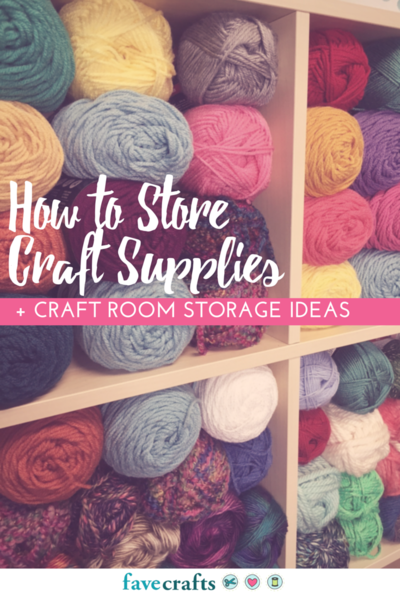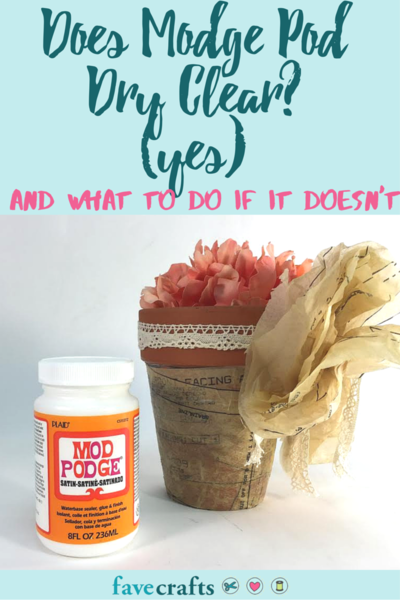What Does Hot Glue NOT Stick To?
Learn about what you can use hot glue on and why, plus hot glue gun tips and crafts!
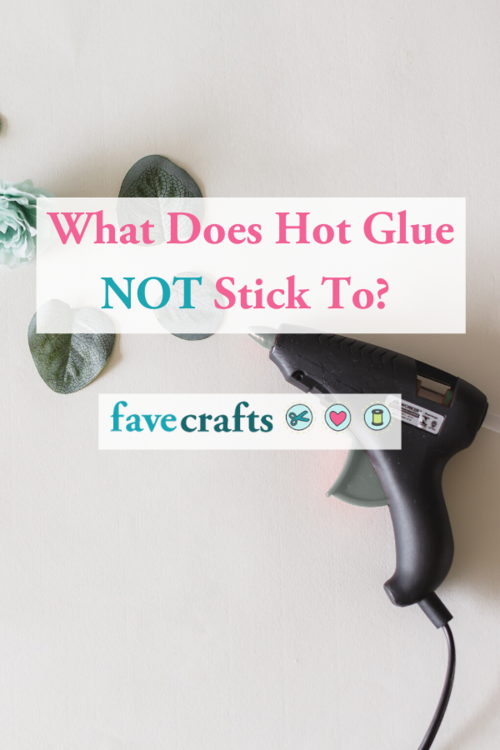
Getting into crafting can be quite intimidating, especially when the time comes to learn about all the different types of glue that crafters use. It’s okay if you’re a little wary of your hot glue gun, but that strange crafty acquaintance will be your best friend once you get to know it!
Does hot glue stick to glass? Does hot glue stick to plastic? Does hot glue stick to wax paper? What does hot glue NOT stick to?
Here you’ll find answers to all your questions about the power of the almighty hot glue gun, plus some great hot glue crafts to get you inspired!
Note: Hot glue guns are HOT. To prevent injury, keep out of reach of children and pets when hot glue guns are warming up, turned on, or cooling down.
Get free craft ideas delivered straight to your inbox!
Subscribe to FaveCrafts
What Won't Hot Glue Stick To?
In most cases, if not all, hot glue does not stick to smooth surfaces like:
- Metal
- Wax
- Silicone
- Vinyl
- Greasy, oily, or wet surfaces
For hot glue to stick, the glue needs to bond with surfaces like fabric and other woven materials or rough surfaces like cardboard and wood. The hot, liquid form of the glue will penetrate woven materials and fill in crevices in rougher surfaces, so that it solidifies in unity with the surface as it cools. Smooth surfaces like metal or greasy and oily surfaces do not offer the hot glue anything to bond within, so the glue does not stick.
PS: Wondering which glue you should use for your project? Consult our infographic: Which Glue Should I Use?
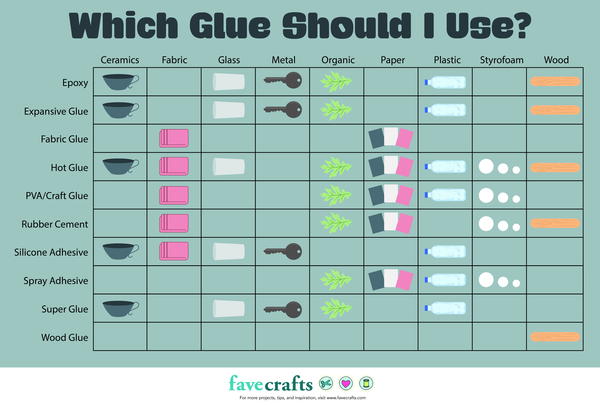
How Strong Is Hot Glue?
Hot glue’s strength depends on the temperature of your glue and the surface you’re applying it to. Generally, hot glue’s bond is strong and permanent, but it all depends on the temperature of the glue and the surface you’re applying it to.
For the best hot glue results, you want to make sure your surface is clean, dry, and porous. Clean with rubbing alcohol and, if possible, score the surface by adding tiny scratches/cuts to create more space for the glue to get into.
Typically, the hotter the glue is, the stronger the bond will be, but this isn’t necessarily true all the time. You don’t want to melt or burn your materials. Look into your glue gun's abilities as well as recommended temperature when deciding if hot glue is right for your project. Some project tutorials might suggest using a low temp glue gun, for example.
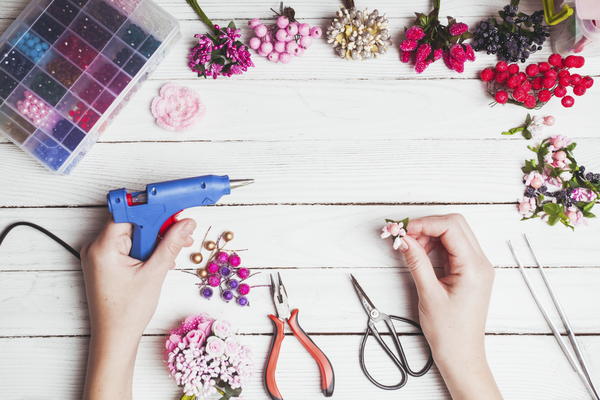
How to Use a Glue Gun
Using a hot glue gun might seem pretty straightforward: plug it in, let it heat up, and get to gluing. Well, if you want your project to turn out just how you imagined, there might be a little more to it. Here are a few simple tips and tricks that will make your hot glue gun creation the best it can be!
- Give your glue 10 minutes to warm up. This time will allow the glue to be fully melted before you begin working with it and prevent you from pushing glue through the gun’s tip before it’s ready (which could mean the glue won’t hold). Your glue will be stronger and your lines will be crisper.
- Storing your glue in a warm or humid area may cause glue sticks to be stringy when you work with them. Some crafters suggest keeping glue sticks in the freezer to prevent this.
- Another way to prevent stringy glue? Keep the tip of the glue gun clean! Once the glue dries and the gun has cooled, you should be able to easily remove any strings.
- If you do choose to use hot glue on delicate materials, pay attention to the temperature settings of your glue guns. Lower temperatures will create a strong bond on things like lace and nylon while hopefully preventing burning and melting.
- If you get hot glue on the wrong part of your project, let it dry before trying to fix the problem. Hot glue sets quickly, so you won’t have to wait long. You can also stick it in the freezer to make it dry faster, then peel the glue off or remove it with rubbing alcohol and a cotton swab. Check out this guide for more advice on how to remove hot glue.
- Keep a bowl of ice water near your workspace. It might seem over-precautious, but if you do get hot glue on your hands (and someday, you will), you’ll thank us for the ice bowl tip.
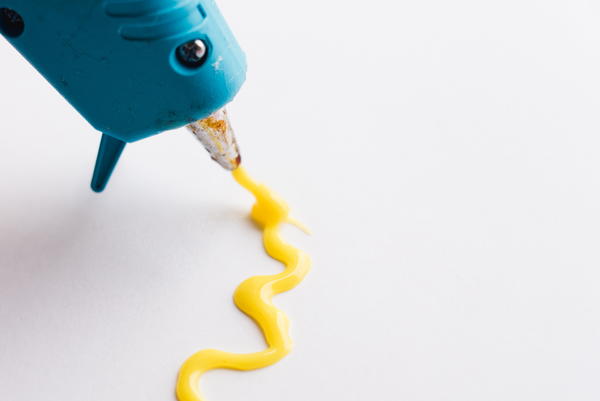
Hot Glue Projects
Don’t forget that hot glue is so much more than an adhesive! Use hot glue to jazz up your crafts with paint, glitter, or any other ideas you may have. Here are a few awesome hot glue crafts to get your creative juices flowing. We can’t wait to see what you come up with!
Prettiest Ever Hot Glue Flower Lights
These gorgeous lights are a whimsical way to rethink what you can do with hot glue!
Citronella Candles and Luminaries
This easy craft is a perfect family project, and a great way to repurpose glass bottles and jars!
Recycled Painted Christmas Penguins
These recycled fruit cup penguins are SO cute! Another great project for you or the whole family!
DIY Hot Glue Book
Who knew book binding was this easy? Try your hand at making books at home!
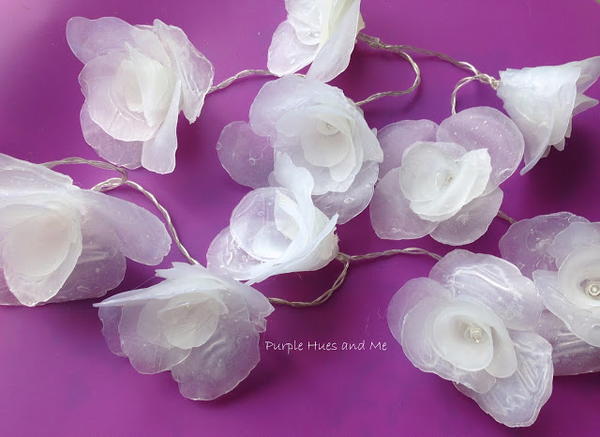
Did we miss anything? What advice would you give to new hot glue crafters?

